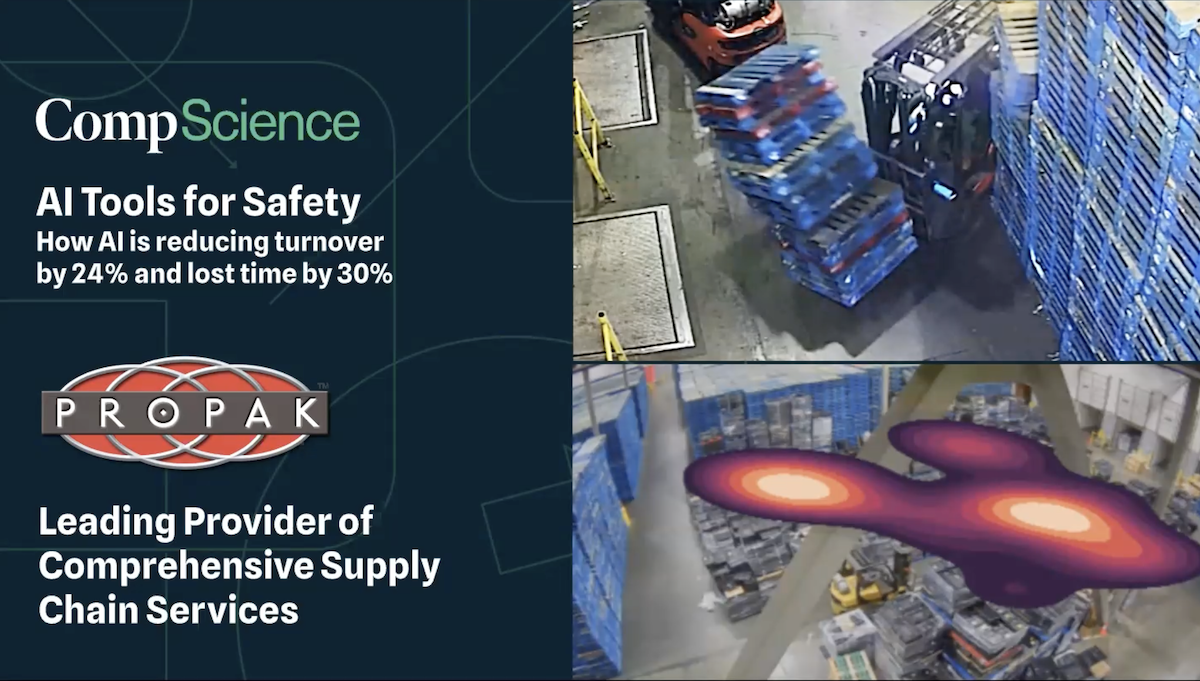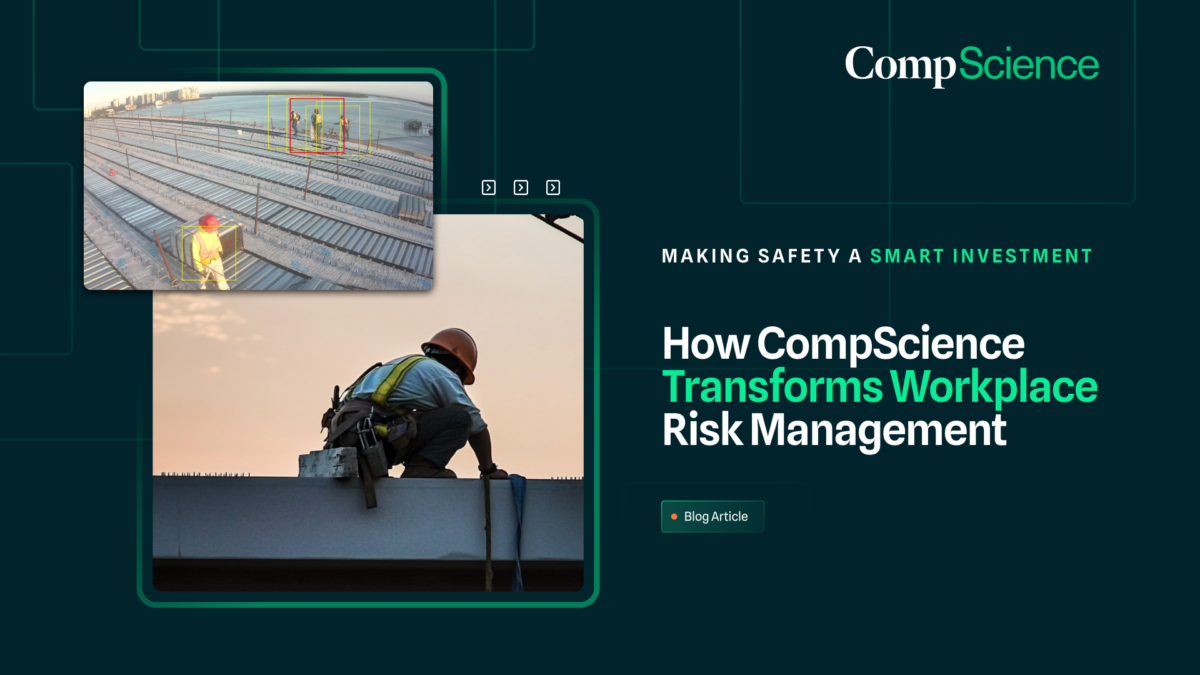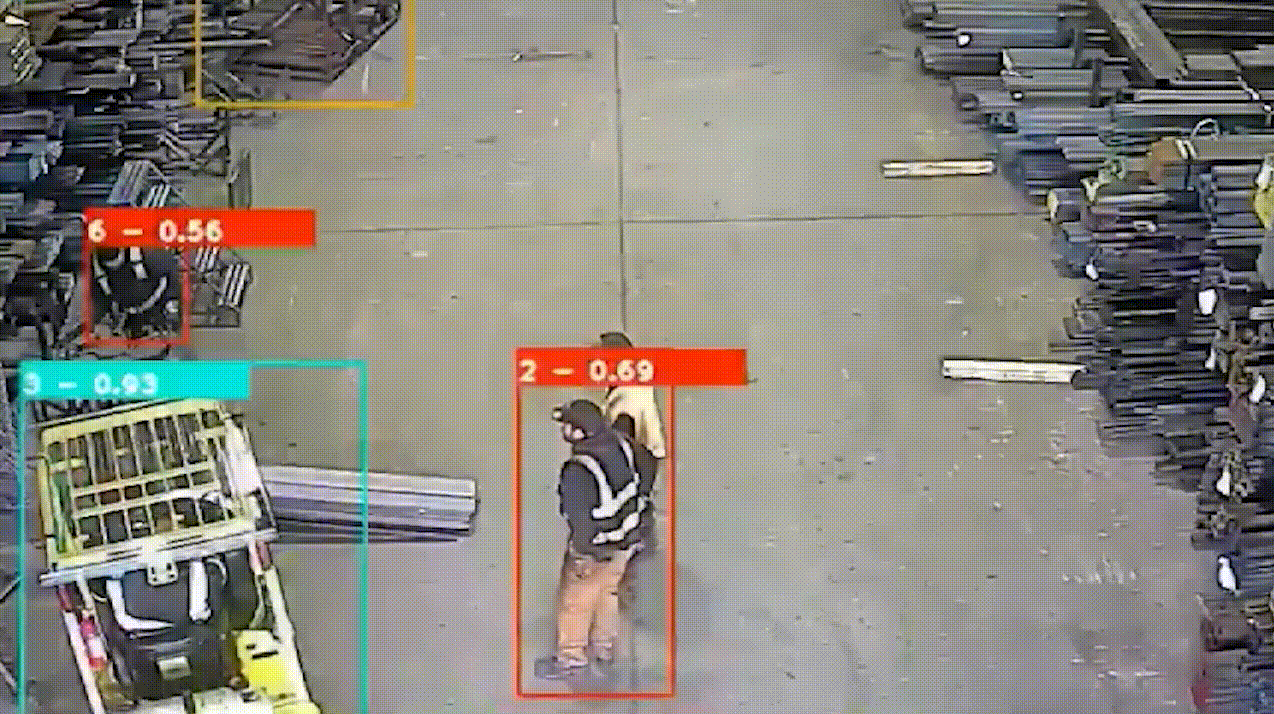What Are The Limitations of Manual Observation of Workplace Risks?
There are several limitations of manual observation of workplace risks which can be overcome by video analytics:
- Time constraints: Manually observing the workplace for risks can be time-consuming, particularly in larger organizations or facilities. This can make it difficult to consistently and thoroughly assess risks.
- Subjectivity: Manual observation is subject to the biases and limitations of the observer. Different individuals may have different perceptions of what constitutes a risk, which can lead to inconsistent or incomplete assessments.
- Incomplete coverage: It is difficult to manually observe every aspect of the workplace at all times, which means that some risks may be missed.
- Difficulty in identifying hidden or latent risks: Some risks may not be immediately apparent, such as those that are hidden or latent. These types of risks can be difficult to identify through manual observation.
Overall, while manual observation can be a useful tool for identifying workplace risks, it has a number of limitations that can make it less effective at identifying all potential risks.
Learn more about Workers Comp Software from CompScience.









